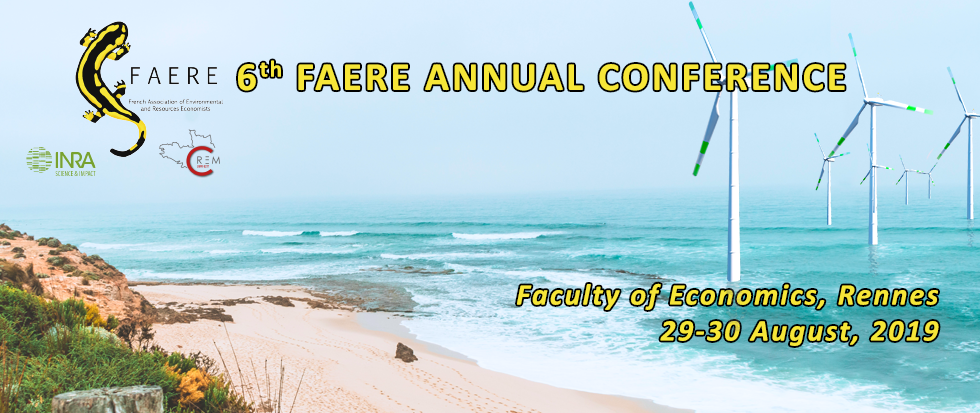This paper study the case of confined aquifers, i.e. aquifers confined between an upper and a lower impermeable layer which obtain their recharge from a distant and more elevated aquifer which is often unconfined. For these aquifers, when drilling a well, water naturally flows out without any pumping (i.e. the artesian property) and the withdrawal from the confined aquifer is immediately compensated so that there is no dewatering at all. The absence of stock externality therefore suggests that this resource does not suffer overexploitation under open access, and needs no regulation. The main objective of this paper is to show that this intuition is wrong. The basic point beyond this paper relay on the idea that the artesian property of an individual well is mainly related to the global water pressure inside a confined aquifer. This pressure externality leads under an open access regime to an excessive number of wells and an overexploitation of the resource. The result is obtained by contrasting the outcome with open access to the one induced by a socially-optimal well drilling strategy which internalizes this externality.

On Artesian Aquifers : Pressure as a New Common
1 : Aix-Marseille School of Economics
(AMSE)
-
Website
École des Hautes Études en Sciences Sociales [EHESS], CNRS : UMR7316, Aix Marseille Université, Ecole Centrale de Marseille
AMU - AMSE 5-9 Boulevard Bourdet, CS 50498 13205 Marseille Cedex 1 -
France
2 : Aix-Marseille Sciences Economiques
(AMSE)
-
Website
* : Corresponding author
École des Hautes Études en Sciences Sociales : UMR7316, Aix Marseille Université : UMR7316, Ecole Centrale de Marseille : UMR7316, Centre National de la Recherche Scientifique : UMR7316
5-9 Boulevard BourdetCS 5049813205 Marseille Cedex 1 -
France


